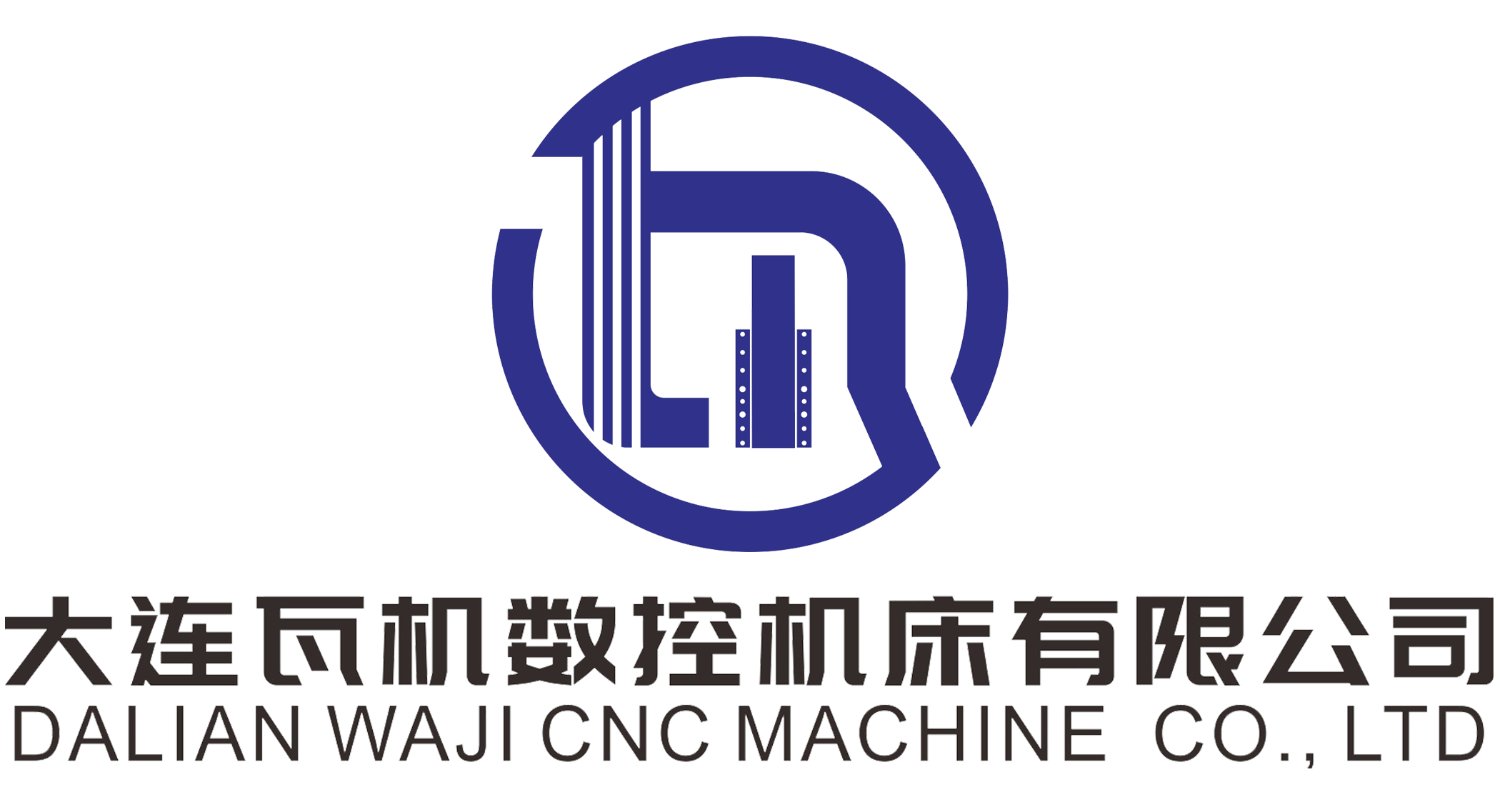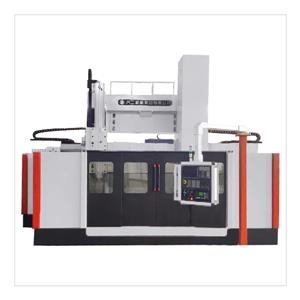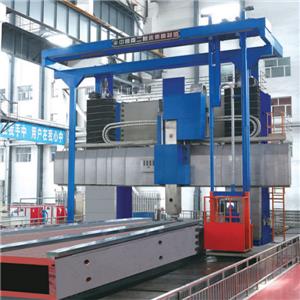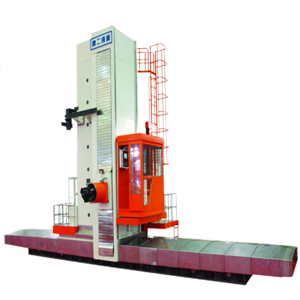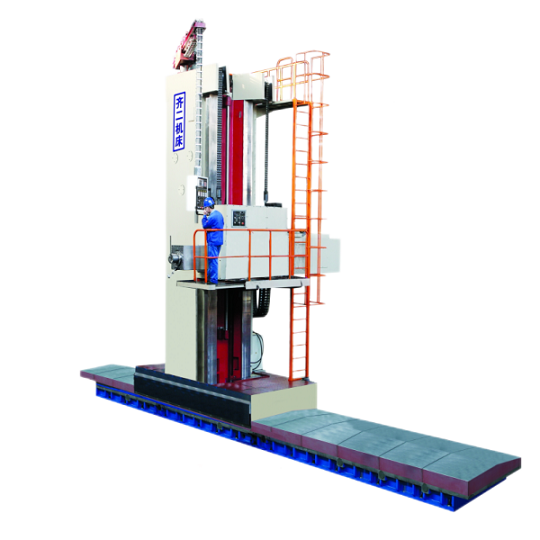Six methods for troubleshooting CNC lathe
1. Initialization reset method: In general, if the system alarm is caused by a transient fault, the fault can be cleared by hardware reset or switching on the system power supply in turn. If the system working storage area is confused due to power failure, circuit board plugging or battery undervoltage, the system must be initially cleared. Before clearing, the data copy record should be made. If the fault still cannot be cleared after initialization, the hardware diagnosis should be carried out.
2. Parameter change, program correction method: system parameters are the basis for determining system functions, and wrong parameter setting may cause system failure or invalid function. Sometimes the user program error can also cause a fault shutdown. For this, the block search function of the system can be used to check and correct all errors to ensure its normal operation.
3. Adjustment: adjustment is a simple and easy method. Correct the system fault by adjusting the potentiometer. For example, in the maintenance of a factory, the system display screen is chaotic and normal after adjustment. For example, in a certain factory, the belt slip occurred during the startup and braking of its main shaft, because its main shaft load torque is large, and the ramp time of the drive device is set too small, which is normal after adjustment.
Optimal adjustment is a comprehensive adjustment method to systematically achieve a good match between the servo drive system and the driven mechanical system. The method is very simple. Use a multi-line recorder or a dual-track oscilloscope with storage function to observe the response relationship between the command and speed feedback or current feedback respectively. By adjusting the proportional coefficient and integral time of the speed regulator, the servo system can reach a good working state with high dynamic response characteristics and no oscillation. If there is no oscilloscope or recorder on site, according to experience, adjust the motor to start vibration, and then slowly adjust it in reverse direction until the vibration is eliminated.
4. Spare parts replacement method: replace the bad circuit board with good spare parts and make corresponding initialization and startup to make the machine tool quickly put into normal operation, and then repair or repair the bad board. This is a common troubleshooting method.
5. Method of improving power quality: generally use regulated power supply to improve power fluctuation. Capacitive filtering method can be used for high-frequency interference, and these preventive measures can be taken to reduce the fault of power board.
6. Maintenance information tracking method: some large manufacturing companies constantly modify and improve the system software or hardware according to accidental failures caused by design defects in actual work. These changes are continuously provided to maintenance personnel in the form of maintenance information. This can be used as the basis for troubleshooting, and the fault can be eliminated correctly and thoroughly.
